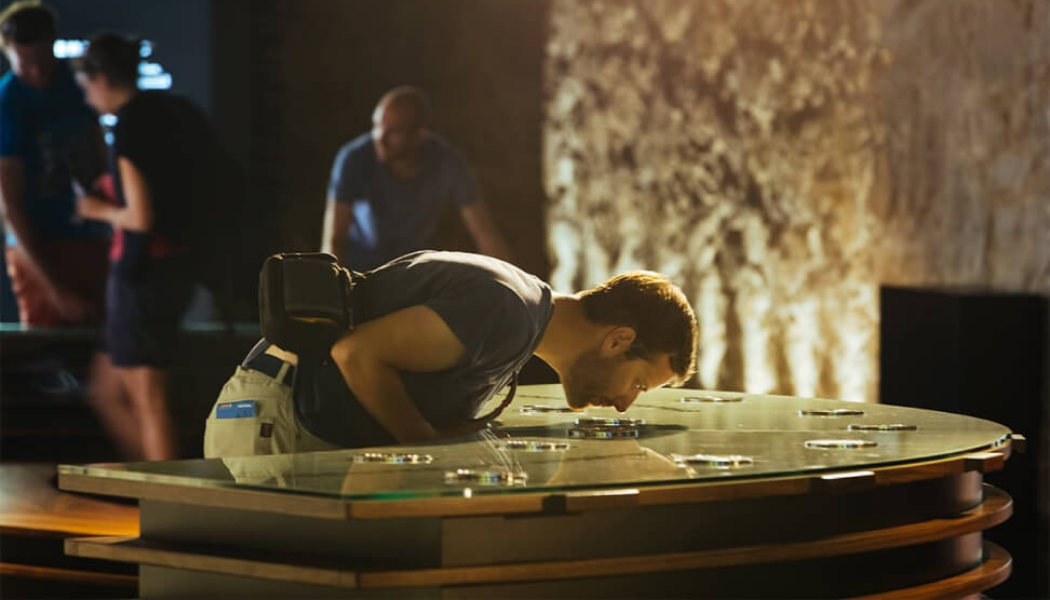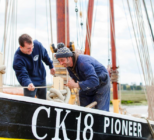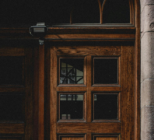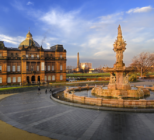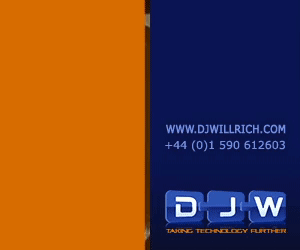Recently formed experiential design agency Pimentel & Partners has an obsession. How to tell compelling stories with passion as well as create new commercial opportunities and sustainable business models for their clients.
For a brand experience, achieving both simultaneously is critical in order to draw visitors and maintain financial stability should another pandemic arise.
Founder and Creative Director Paulo Pimentel explains “engaging and innovative experiences will attract visitors to your destination but at the same time you need to consider what other opportunities your assets can offer you, both physically and digitally. Their effective performance will ensure long-term sustainability and enable you to continually innovate your experiences”.
Whilst Pimentel & Partners is newly formed, Paulo cut his teeth in experiential design at the turn of the Millennium. As a recently qualified architect he joined Imagination in London to develop the now iconic Guinness Storehouse. The project has since become one of the most loved, visited and awarded in Europe and Paulo has developed many other brand experiences, visitor attractions and museum exhibitions since.
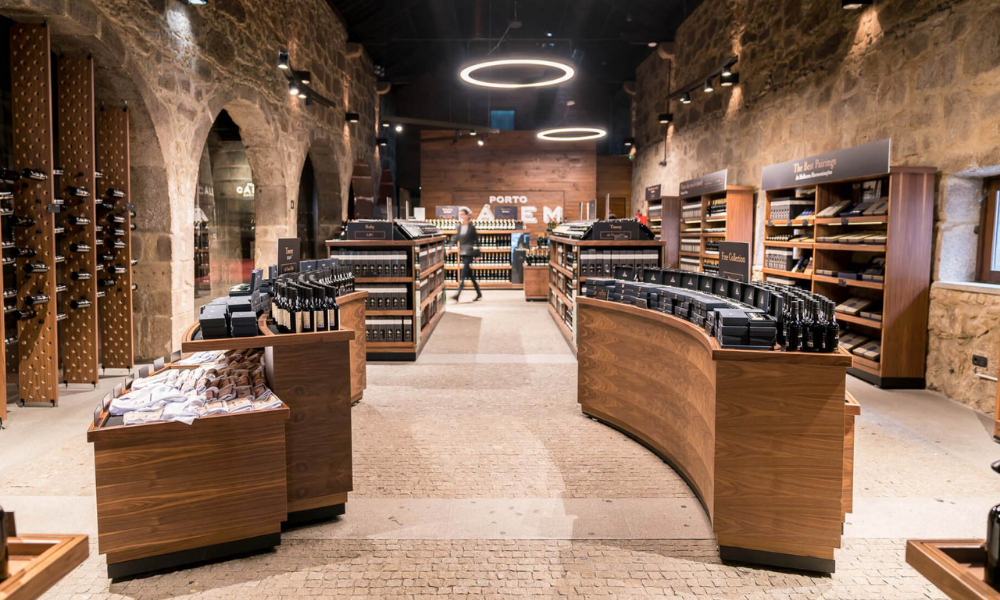
The Calem Cellars, situated in the UNESCO World Heritage site of Vila Nova de Gaia, Porto are a great example of using existing assets to tell a new story and reimagine a set of spaces to be far more effective.
Having operated from the same traditional stone warehouse for the last 250 years, parent company Sogevinus needed to create a differentiated and modern experience to cut through the noise of many other similar cellar tours in the area. Calem is the most Portuguese of Port brands, drunk in almost every household nationally, whilst most Port brands focus on the fermentation process in the cellars, Calem chose to differentiate themselves by zoning in on the Douro valley where the grapes originate from, so owning the Douro Valley story made complete sense and gave them some unique territory.
Here, the world’s oldest designated wine region, demarcated in 1756, you will find the most extraordinary landscape of dry-stone terraces reaching up dizzyingly steep hillsides all crafted by hand over centuries. This terroir – the geology; climate; local grape variety; all go towards making the unique flavour – and compelling story – of Port.
The unique land formations of the Douro valley inspired Paulo to develop a design signature employed throughout the sensitive adaptation of the historic wine cellar. The sinuous curves helped guide the visitor flow and shaped all the physical elements of the new experience giving it a cohesive visual language and tying them together.
The immersive exhibition element is as much an education center where you can gain a full understanding of the drink from grape to bottle, including multi-sensory and interactive activations. This area acts as a precursor to the cellar tour where multilingual guides take groups on a journey through to the final bottled product. The sensory aroma of maturing Port and the cool cellar environment adds to the overall experience. A tablet-based app was developed to assist the tour guides and control projected content sequences that bring to life the processes happening within the Balseiros – the vast barrels containing up to 50,000 liters and unique to the process of making of Port.
Ascending a sinuous staircase to a large new tasting room and bar has become a much more meaningful step on the journey. Visitors are now armed with a much deeper knowledge and can appreciate the different vintages they get to taste. Situated in an adjoining storage warehouse the tasting room has a contemporary edge featuring the curves of the Douro landscape and adorned with hand painted pieces by local street artists – elaborate graffiti is a prominent feature of the Porto cityscape. The flexibility inherent in this space means that visitors can return in the evening to have more holistic cultural experiences including live Fado – the moving folk music synonymous with Portugal – and expanded evening menus.
Finally, a new retail outlet continues the Douro terrace inspired form language enabling visitors to buy both their favourite vintage and some of the finest local produce available.
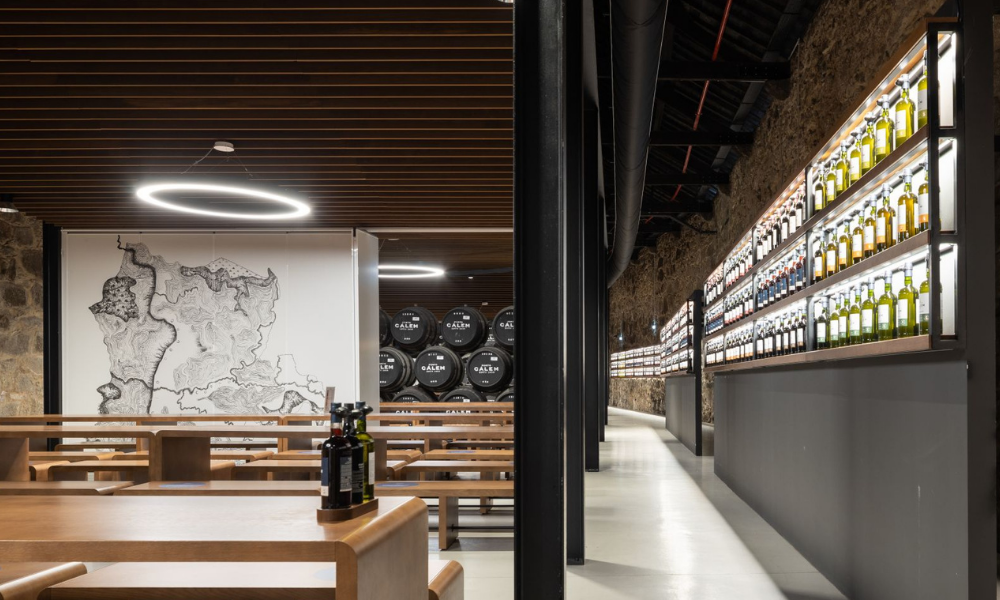
This experience nicely structures a simple journey of ever-increasing depth of involvement; from tourist to lifelong advocate in four easy steps.
- Engage: with the unique origins story
- Immerse: in the craft
- Involve: in tasting and food pairing
- Embrace: as a lifelong advocate
The client’s brief was demanding by nature and the performance of the spaces, both functionally and financially, formed the underlying backbone to this journey. On top of the desire to enhance brand advocacy their brief also included the need to both increase ticket prices, sales and maximise revenue opportunities through enhanced offers and an improved retail proposition.
The first step in the process was to understand the mechanics of the audience and then the spaces available to maximise opportunities. On closer inspection visitors arrived either in large coach and boat groups or smaller and individual walk-ins. From there they were corralled into language specific groups and assigned a tour guide and start time. An inefficient process at best and often resulting in extended wait times.
As a result, a large and ineffectual storage area was identified to house the new exhibition space. This acts as a holding area where large groups can be kept entertained whilst smaller walk-in groups can be assembled into larger groups. This results in increased visitor through-put increasing ticket sales whilst minimising waiting times and improving the overall experience. Equally in the cellar itself two routes are woven on different paths meaning that two groups can experience identical stories simultaneously, again effectively doubling capacity.
The huge new tasting room also inhabits a once disused barrel storage facility. The space was transformed with flexible partitions decorated with local street art to enable the rearranging of tasting areas at short notice to cater for different group sizes.
Again, this enables more groups of different sizes to come through simultaneously generating more revenue. The ability to extend the tasting times mean that enhanced experiences with more wines enable a wider variety of ticket types to be bought. This elevates the typical experience of three kinds of Port to more premium experiences including food pairing.
By introducing a new bar, kitchens, toilets and sound system a popular evening programme demanding additional ticket purchases outside of the tasting experiences now thrives. Finally, the new shop which once doubled as a tasting room and retail outlet is now accessible from the street by non-ticket holders, again increasing revenue opportunities.
All in all the footprint of the experience has increased from 2000 sqm to almost 4500 sqm. Visitor numbers are up 30% to 200,000 per year and ticket prices are aligned with the premium experience generating a 70% increase in revenue per ticket. Awarded Most Innovative Wine Tourism Experience in The Best of Wine Awards 2018, Calem is now firmly on the map and THE must visit Port experience.
Paulo from Pimentel & Partners concludes with three critical points to the success of any drinks brand attraction:
Tell a unique story – what stands your brand apart? Find your origin, style or making process and connect with visitors emotionally to create deeper connections.
Sweat your assets – what do you have and what isn’t working hard enough for you? Identify and utilize spaces and facilities that could be more effective and accommodate paying customers.
Take them on a journey – engage, immerse, involve, embrace; transform visitors from incidental tourists to lifelong advocates.

